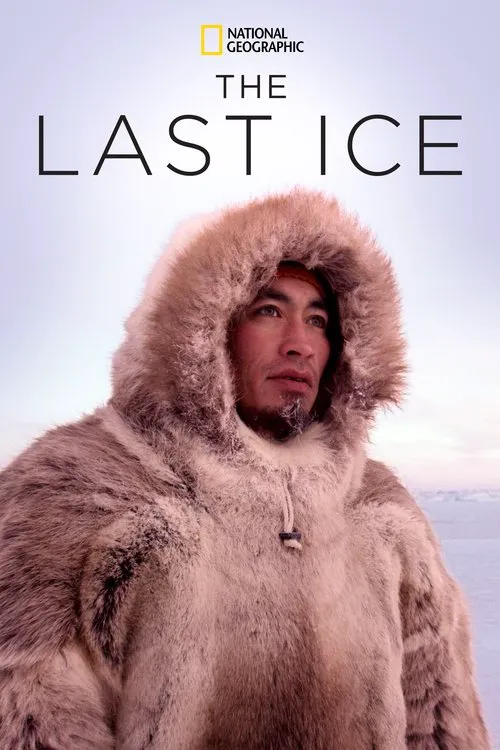The Last Ice

Plot
In the harsh yet breathtakingly beautiful landscape of the Arctic, a centuries-old way of life is on the brink of collapse. The Inuit, a resilient and resourceful people, have called this unforgiving yet majestic terrain home, relying on the frozen ocean and its bounty to sustain themselves through the harsh winters and short summers. However, climate change has brought an unprecedented threat to their very existence. As the sea ice melts at an alarming rate, the outside world sees the opportunity that this new landscape presents: oil and gas deposits, faster shipping routes, tourism, and fishing. But for the Inuit, the benefits of these developments are nothing short of catastrophic. The film, "The Last Ice," takes us on a journey to the heart of this crisis, one that is both deeply personal and profoundly universal. As the ice melts, the Inuit are faced with the very real possibility of losing not just their livelihoods, but their entire way of life. The once-stable hunting grounds, where their ancestors have made a living for generations, are crumbling beneath their feet. The fragile balance between their communities, land, and wildlife is on the verge of collapse, and the implications are far-reaching and devastating. But the Inuit are not just sitting idly by while their world is torn apart. Divided by aggressive colonization and decades of hardship, they are once again coming together to fight for their future. Communities in Canada and Greenland, long separate and often at odds, are uniting in a desperate bid to protect what remains of their world. From the tiny Inuit village of Iqaluit in Nunavut, Canada, to the vibrant town of Kangerlussuaq in Greenland, the voices of the Inuit are being amplified as they demand that the world listen to their plight. One of the primary concerns of the Inuit is the impact that this new development will have on their children. The loss of traditional hunting grounds, fishing rights, and access to essential resources will have far-reaching consequences on their communities. As a result, many young Inuit are now questioning their heritage and way of living, feeling that they have no choice but to adapt to this new reality. It is here that the film shines a light on the human cost of climate change, highlighting the devastating consequences that this crisis is having on the lives of the Inuit. However, "The Last Ice" is not just a film about the Inuit; it is also a story about the resilience and strength of this remarkable people. Through their struggles and triumphs, we are reminded that even in the face of catastrophic change, there is still hope for a better future. The Inuit, in their wisdom and determination, are demonstrating to the world that even the most seemingly insurmountable problems can be overcome. They are fighting to protect not just their lands and seas, but their very way of life. As the climate crisis continues to unfold, "The Last Ice" serves as a stark reminder of the urgent need for action. This is not a distant threat; it is a very real, very present crisis that is having a profound impact on the lives of some of the most vulnerable people on this planet. The film is a clarion call to the international community, urging them to listen to the voices of the Inuit and to take immediate action to address the root causes of this crisis. In conclusion, "The Last Ice" is a powerful, moving film that sheds a light on one of the most pressing crises facing our world today. It is a story of resilience and struggle, of hope and determination, and above all, of the human spirit's capacity to overcome even the most daunting challenges. As the ice continues to melt, and the Inuit face the very real possibility of losing their way of life, this film serves as a poignant reminder of the urgent need for action. Will the world listen to their pleas, or will it succumb to the temptation of exploiting the newly opened waters of the Arctic? Only time will tell.
Reviews
Recommendations




